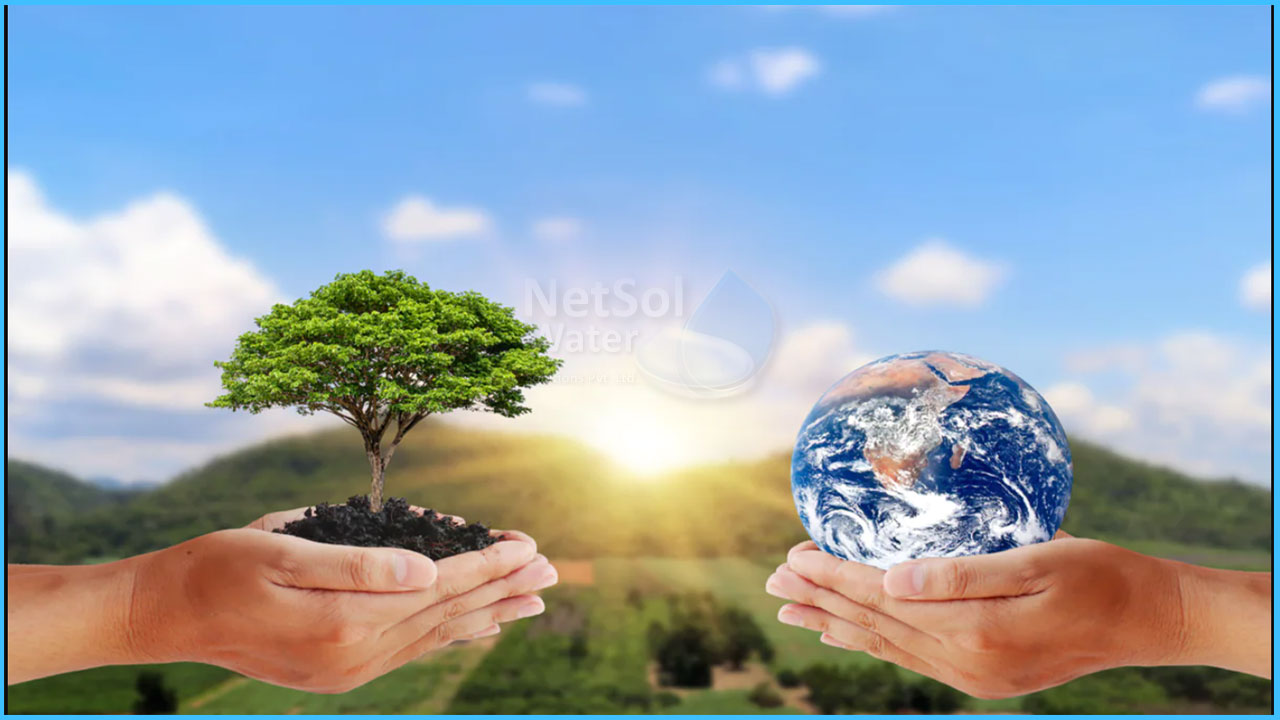Ecosystem Restoration in India- An Overview
Ecosystem restoration may be defined as “a process of reversing the degradation of ecosystems” which means a process which can help the ecosystems like landscapes, lakes and oceans to regain their functionality in order to improve their productivity and capacity to meet the needs of society. For centuries, development has come at the expense of nature. What if nature and people could thrive in the same place, forever? What if communities could adapt to climate change while preserving their livelihoods and food security without endangering nature's life-support systems? Ecosystem degradation has emerged as one of the leading environmental threats around the world over the last three decades. Thus, attempting to the necessary ecosystem restoration in India too has chalked up a target of restoring 26 million hectares of degraded lands by 2030.
How Restoration can be done?
Ecosystem restoration entails preserving biodiversity and assisting ecosystems in providing benefits to the environment. The same can be accomplished through preserving and repairing various ecosystems like forests (an area of land dominated by trees) providing clean air and water, as well as helping to absorb large amounts of climate-warming carbon. More trees can be planted in locations where deforestation is occurring to help restore this ecosystem, and conditions can be made in this regard for indigenous trees to germinate organically.
A lot can be done to help the oceans and coastal ecosystems, which regulate our climate and produce the majority of the oxygen we breathe. The ecosystem encompasses more than 70% of the planet and is a significant carbon sink that has to be cleaned up. It can be restored using novel approaches such as the Phosphate Elimination and Recovery Lightweight (PEARL) membrane, which uses an adjustable sponge to absorb phosphate from polluted streams and recycle it.The Rivers and Lakes ecosystem, which is the best supply of freshwater and helps protect us from droughts and floods, may be restored using the same strategy.
Lastly, peat lands cover only 3% of the world's area yet act as a 30% carbon sink, native grasses and mosses can be grown to help with their natural regeneration. The method of agriculture practice can play a very important role when it comes to land or terrestrial conservation Farming practises that are smart and sustainable must be created, and regenerative farming is one such sustainable agricultural strategy. Regenerative farming avoids the use of synthetic materials such as fake manure or pesticides, as well as heavy machinery, which can cause more harm than good. Rather than ploughing the soil, this practise leaves it alone to organically develop more organic matter and become more productive.
Where does India stand?
During this era of instability following the outbreak of the COVID-19 virus in India, we are all focused on health care, which is the most important issue at this time. However, the environment is something that needs to be debated in a variety of forums. India is one of the top ten countries in the world in terms of forest area, with a total forest cover of 7,12,249 sq km, or 21.67 percent of the country's geographical area, according to the latest forest cover report released by the Forest Survey of India. In comparison to the 2017 report, forest cover and tree cover increased by 3976 square kilometres and 1212 square kilometres, respectively, in 2019. However, following the publishing of that study, the government's current policy has shifted to restoring animal biodiversity rather than deteriorating land (forest, grassland) and marine regions (corals), which is probably not the best approach and they should have worked harder.
Reminding the famous quote 'Ecology is the permanent economy,' stated Sunder Lal Bahuguna, a famous environmental campaigner and leader of the Chipko movement, and we must help protect the ecosystem in order to protect ourselves.
About Netsol Water Solutions
Netsol Water is leader manufacturer of water and wastewater treatment plant and equipments. We are the India's largest wastewater treatment industry with Effluent Treatment Plant Manufacturer, Sewage Treatment Plant Manufacturer, Industrial RO plants manufacturer, with having its own manufacturing unit in Grater Noida, Delhi, India.



